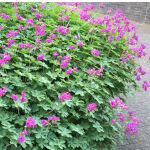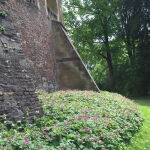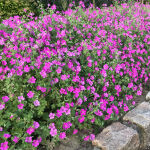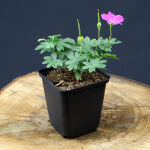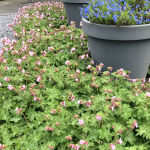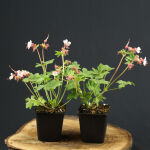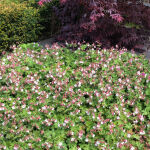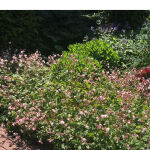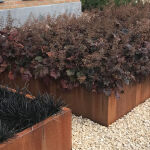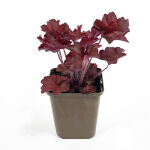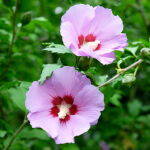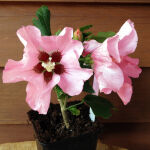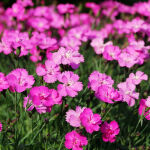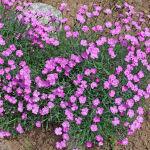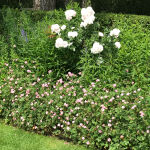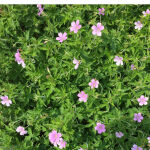Perennials from a-z
Perennials are perennial plants that sprout and flower again every year.
They are also called perennials and differ from annual plants that grow and flower for only one growing season. Perennials can be divided into different categories depending on their growth forms, location requirements or flowering periods.
One possible categorisation of perennials is according to their growth forms:
Cushion perennials: Small perennials that form dense and flat cushions.
Perennials forming clumps: Form clump-shaped groups consisting of several stems.
Solitary perennials: Single, tall perennials that can be used as specimen plants.
Rhizome and root perennials: These perennial species spread via roots and rhizomes and often form dense stands.
Bulbous and tuberous perennials: These perennials form their storage organs underground, such as tulips, daffodils or dahlias.
A further categorisation can be made according to site requirements, for example:
Sun perennials: These perennials prefer sunny locations and are often very drought tolerant.
Shade perennials: Here the perennials prefer semi-shady to shady locations and do well under trees or shrubs.
Moisture-loving perennials: These perennials thrive best in moist locations, for example along streams or in bog beds.
And yet another option is to categorise them according to flowering time:
Spring-flowering perennials: Perennials that flower in the spring include Christmas roses, chickweed or bluecissus.
Summer-flowering perennials: Perennials that flower in summer, such as coneflowers, delphiniums or cranesbills.
Autumn-flowering perennials: Perennials that flower in autumn, such as asters, chrysanthemums or autumn anemones.
The classification of perennials into categories can help to look specifically for certain characteristics when selecting plants for the garden and thus create a varied planting.
